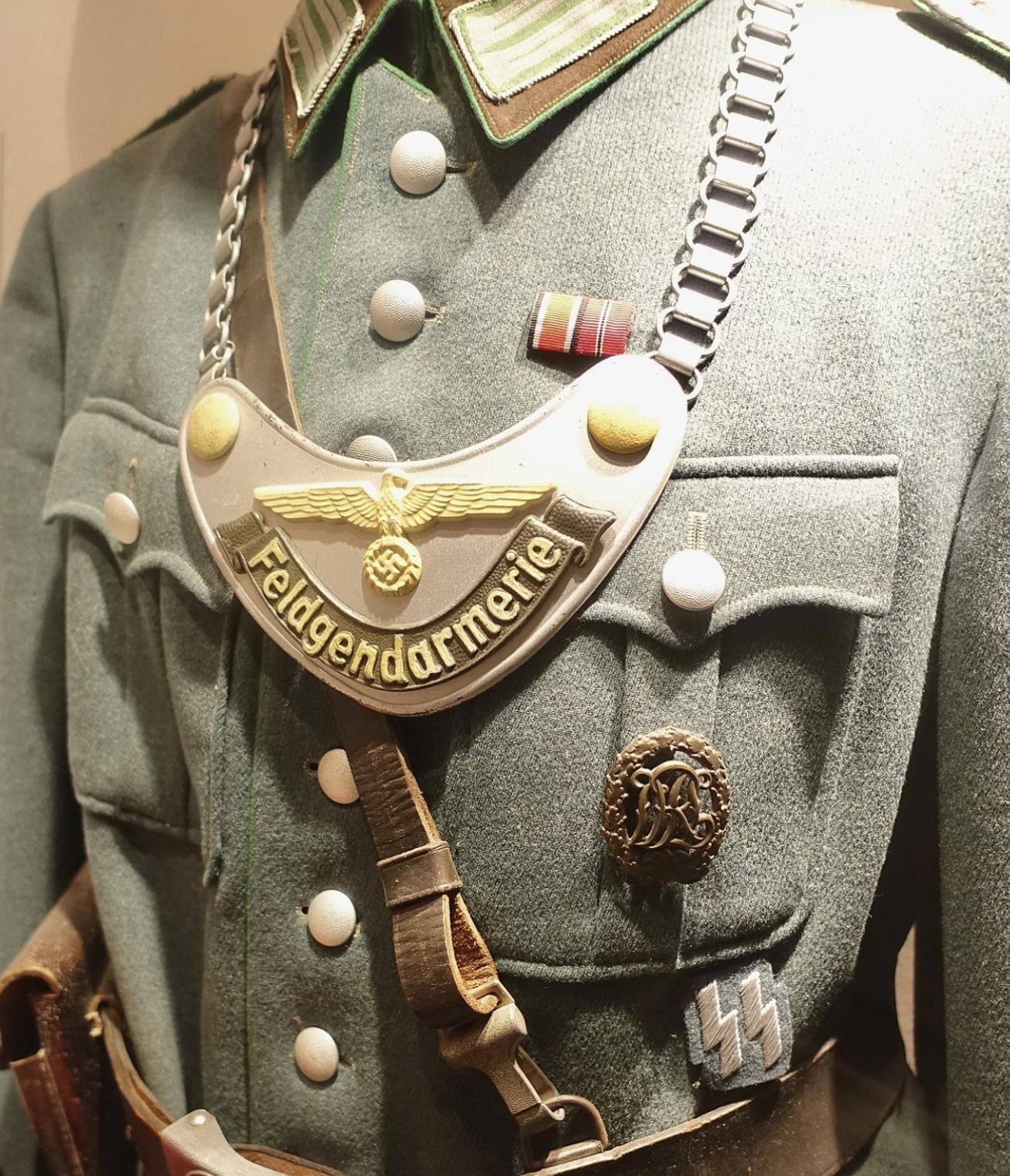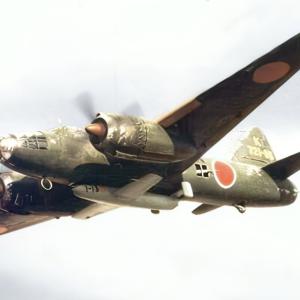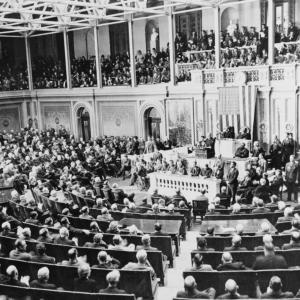
Feldgendarmerie Gorget
During World War II, the German military police, known as the Feldgendarmerie, played a crucial role in maintaining order within the ranks of the Wehrmacht, securing rear areas, directing traffic, and carrying out counter-insurgency and anti-partisan duties. Their most iconic and immediately recognizable symbol was the gorget—a metal badge worn around the neck—that came to define their feared presence across occupied Europe.
The Feldgendarmerie gorget, known in German as the Feldgendarmerie-Halskette (literally "military police neck chain"), was officially introduced in the early years of the Third Reich. The design was standardized and produced under the direction of the German military high command. Though no specific individual designer is credited, it followed the aesthetic and symbolic conventions of Nazi-era military regalia, with meticulous attention to symbolism, uniformity, and psychological impact.
The gorget was intended to be worn at all times when on duty in the field or conducting police functions, especially when in contact with civilians or other military personnel. It was both a badge of authority and a deterrent, symbolizing control, law, and the ever-present eye of the Reich.
The gorget was crescent-shaped and made from stamped steel or brass, measuring approximately 23 cm wide and 12 cm high at its center. It was worn suspended from the neck by a chain made of oval or square-linked metal segments, sometimes with decorative embellishments.
At the center of the gorget was a prominent Wehrmacht eagle clutching a swastika, set above the word Feldgendarmeriein a Gothic script. The background was typically painted or enameled in various colors, depending on specific unit or operational function. The surface often had a darkened or chemically treated patina, with raised areas polished to a silvery sheen.
The badge was slightly curved to fit the chest, and the reverse side was lined with felt or cloth to prevent it from damaging the uniform.
While the basic design remained largely consistent, the gorgets came in three notable color variants. These colors were not merely decorative; they often indicated roles, branches, or distinctions within the military police structure.
The most common version featured a standard silver or greyish-white metal finish. This was worn by regular Feldgendarmerie personnel and had a dull metallic background with polished highlights. It was seen throughout all theaters of the war and used by all ranks.
A second version, known as the illuminated gorget, featured a background coated in a highly reflective orange-red enamel. This was designed to catch light during night operations or in low visibility. Often worn by traffic control units or during night duty, it made the wearer easily visible under blackout conditions and in dimly lit environments.
A third, rarer variant featured a black background. These are far less frequently encountered and may have been associated with elite units or those attached to the SS. Their purpose remains somewhat unclear due to the scarcity of surviving examples and limited wartime documentation.
It is estimated that tens of thousands of Feldgendarmerie gorgets were produced between 1939 and 1945. However, exact production numbers are hard to confirm due to the destruction of many records toward the end of the war and the dissolution of Nazi institutions.
The majority of gorgets were manufactured by firms specializing in military decorations, such as F.W. Assmann & Söhne and C.E. Juncker. Each gorget bore subtle variations depending on the manufacturer, and some included maker’s marks on the reverse.
Today, original gorgets are highly collectible. The orange-red and black versions are especially rare and sought after by collectors due to their unique design and limited use.
Among Allied troops and occupied civilians, the Feldgendarmerie earned a chilling reputation. They were often referred to as "Chain Dogs" (Kettenhunde) because of the distinctive gorget and chain they wore. Their role in maintaining discipline, capturing deserters, and enforcing Nazi authority made them symbols of oppression and surveillance.
The gorget served not only as a functional item of identification but also as a powerful psychological tool, enforcing the presence of Nazi authority in both military and civilian life.
Today, surviving gorgets are found in museums and private collections. They offer historians and collectors a tangible connection to the mechanisms of wartime control and the visual language of authority in Nazi Germany. Though they are appreciated for their craftsmanship, they also serve as stark reminders of the era's darker history.










